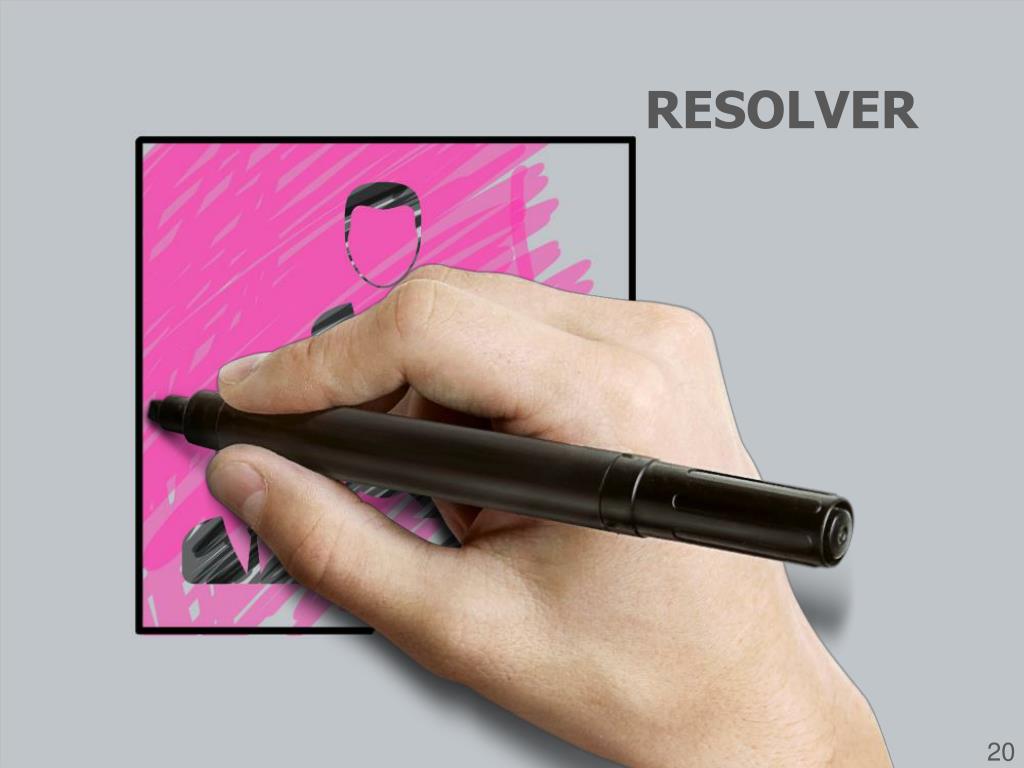

The output metric could be supplemented with a sufficing metric, e.g. Output metrics could be accuracy, f1-score, precision or recall, minutes spent using the service, etc. This helps you choose a good model in the first place and then to compare the performance of different models based on this metric.

Andrew Ng recommends in his book Machine Learning Yearning chapter 8 to define a single-number evaluation metric before starting the project. The Output block shows the single key metric you’re evaluating on. Is it a computer vision or natural language understanding task? Do you need Data Engineers to help you write efficient software? Maybe even a Product Manager and a UX Designer to gather customer requirements and to design a workflow? In the Skills block, you will define the expertise you need. How much data do you need? Do you have already a prepared dataset or do you need to source it? Does it have to be labeled? What data format are you expecting? The better you can explain what data you need to create the value proposition, the better for your AI project. The Ingredients part consist of the Data, Skills, and Output blocks.ĭata is the main element that every AI project relies on. Let’s look at the Ingredients block next. What is the value-add of your AI project? Sufficiently answering this question help you focus on the task at hand and get you halfway towards securing funding for your AI project. Side note: Trying out a new paper because it sounds cool will not get you far. Listing many Value Propositions risks watering down the impact or failing to focus on the most important one. What customer pain is the AI project solving? Which vitamins are you adding to enhance your customer’s life? Ideally, you can describe the Value Proposition in one concise bullet point. A value-add can be a new AI-powered product to generate revenue, or improving an existing process to cut costs. It explains the value that the project will add to your organization. The heart of the AI Project Canvas is the Value Proposition. Let’s go through each part and start with the Value Proposition. All these parts are vital aspects of any AI project. The AI Project Canvas consists of four distinct parts: the Value Proposition as the central part of your project, the Ingredients on the left, the integration for Customers on the right, and Financing on the bottom. The AI Project Canvas helps you to structure and convey the holistic idea of your AI project to others.

Although Louis Dorard has already created the ML Canvas, the AI Project Canvas focuses on explaining the business value of your AI project. This is the first step where the AI Project Canvas comes into play. You need to pitch your AI project idea to stakeholders and management. To make it happen, you need to convince management to fund your idea. Imagine the following scenario: You have a brilliant idea for a new AI project.
PROJECT CANVAS FINOCCHIO DOWNLOAD
Download the editable or blank canvas here. This post explains the AI Project Canvas along with real-world examples. The AI Project Canvas will help you answer the most pressing questions about the outcome and resources needed for your AI project. Thus, it is a natural fit to adjust the Business Model Canvas for AI projects.Īs a former Management Consultant and as a current Project Lead for Data Science, my background helped me design the AI Project Canvas. Prototyping a solution and iterating until reaching the key metric is at the heart of any successful AI project. As a Data Scientist, you will embrace this Lean methodology. The Lean Startup cycle consists of the build-measure-learn feedback loop. It works well with the Lean Startup methodology, enabling you to focus on value-adding activities and quickly creating MVP-driven products. What used to take a 30-page business plan to detail a business idea, could now be captured on one page. In 2008, Alexander Osterwalder developed the Business Model Canvas, which has since enjoyed tremendous success in explaining business models around the world. Use the adapted Business Model Canvas to pitch your next AI project.Ĭreating an AI Project always involves answering the same questions: What is the value you’re adding? What data do you need? Who are the customers? What costs and revenue are expected?


 0 kommentar(er)
0 kommentar(er)
